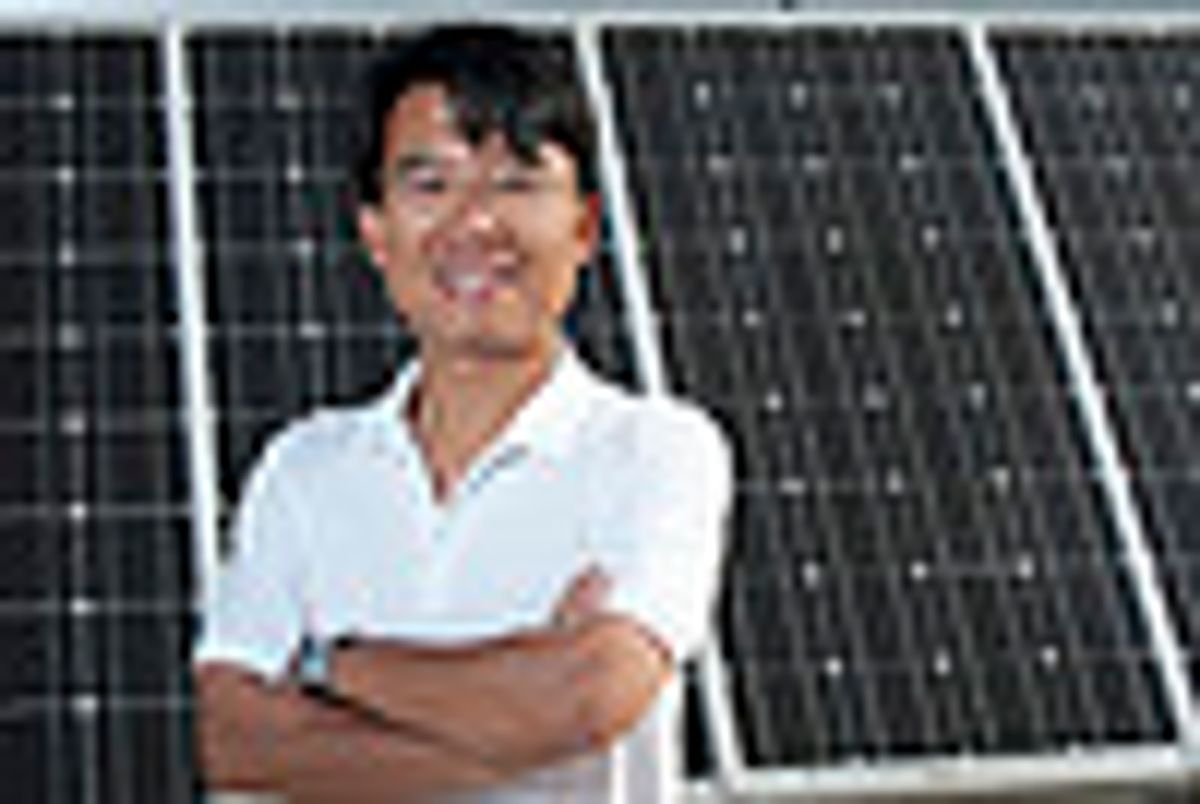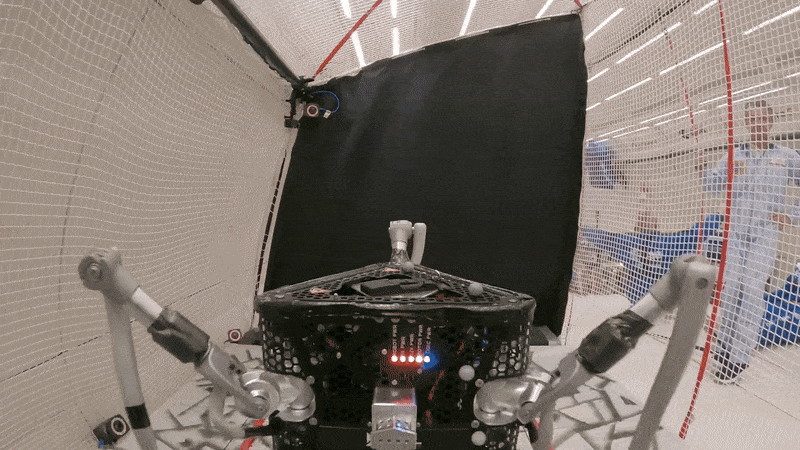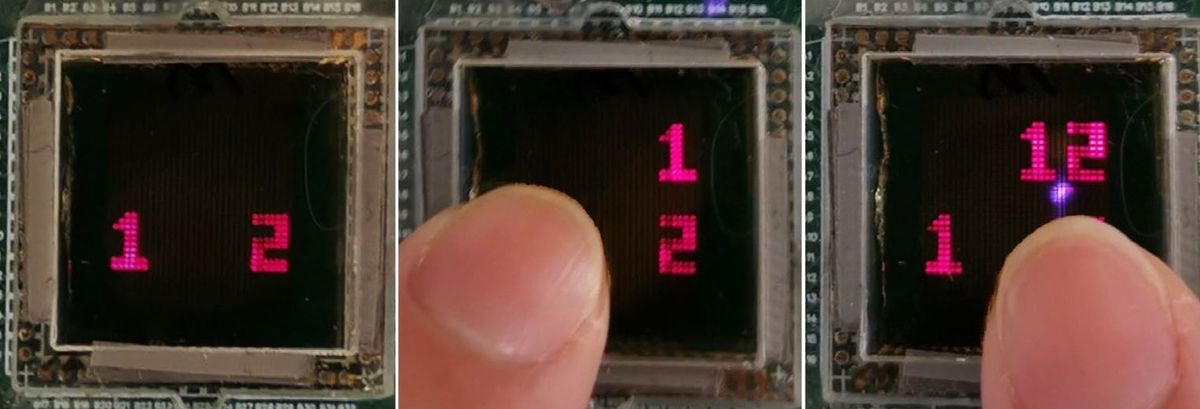Researchers at Oregon State University and Yeungnam University in Korea have reported in the latest edition of Current Applied Physics that they have successfully used continuous flow microreactors to make thin film absorbers for solar cells.
The system actually employs the century-old method of chemical bath deposition, but manages to do it with a high level of control over the thickness of the deposited layer. It seems the method will be far more economical than other manufacturing methods used for depositing nanostructure films on substrate, such as sputtering, evaporation, and electrodeposition, which can be time consuming, or require expensive vacuum systems or exotic chemicals that raise production costs.According to Chang in the same press release, further work is still needed on process control, testing of the finished solar cell, improving its efficiency to rival that of vacuum-based technology, and scaling up the process to a commercial application.
While potentially lowering production costs is always a good thing, it seems odd to focus on reducing manufacturing costs for a product that already is significantly cheaper to produce than its silicon rival but still lacks in silicon’s efficiency in turning sunlight into electricity.
I have lamented before on this unsatisfactory choice between efficiency or lower production costs in photovoltaics. Perhaps as one of the comments on my previous post suggested, we should aim at the “McDonald’s Model” just: “Make 'em cheap, make 'em fast, make 'em consistent, and have 'em ready when I'm hungry.”But key to that working will be achieving competitive per kilowatt hour (kWh) that gets closer to the cost of generating electricity from wind ($0.05 per kWh) than where solar cells are at the moment (around $0.30 per kWh). I am not sure that a price target of $0.25 per kWh is really low enough to pave the world with solar cells, or that this new manufacturing process will help photovoltaics get to that number or lower.
Unfortunately, millions of dollars have been invested in seeing if thin-film solar can do that with no real rousing successes to date.
Dexter Johnson is a contributing editor at IEEE Spectrum, with a focus on nanotechnology.




